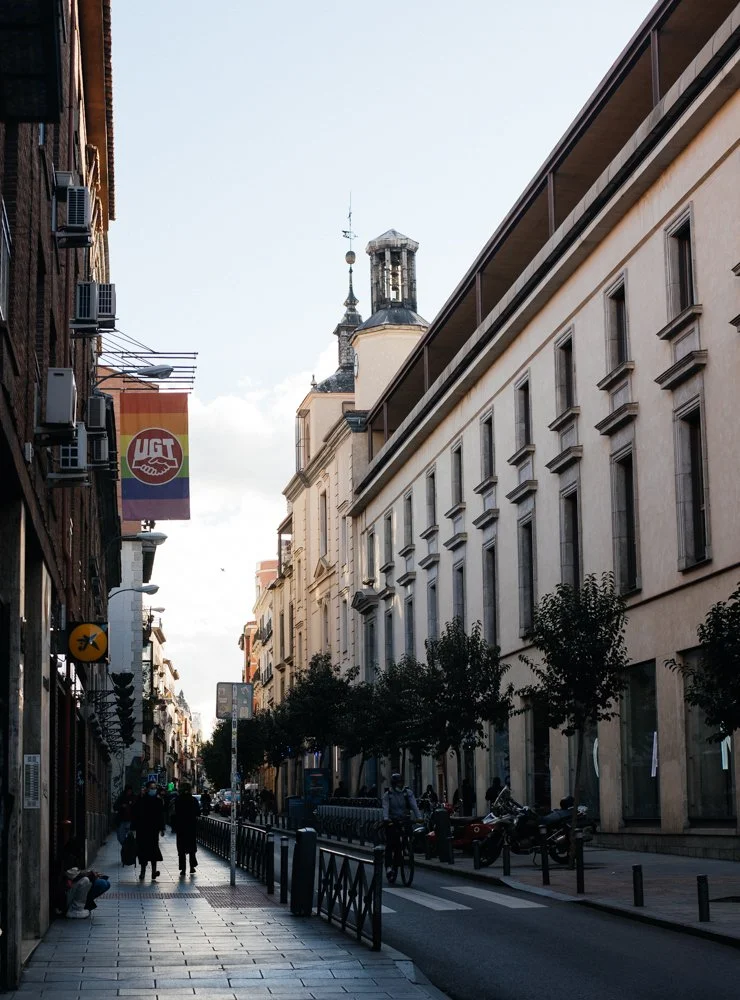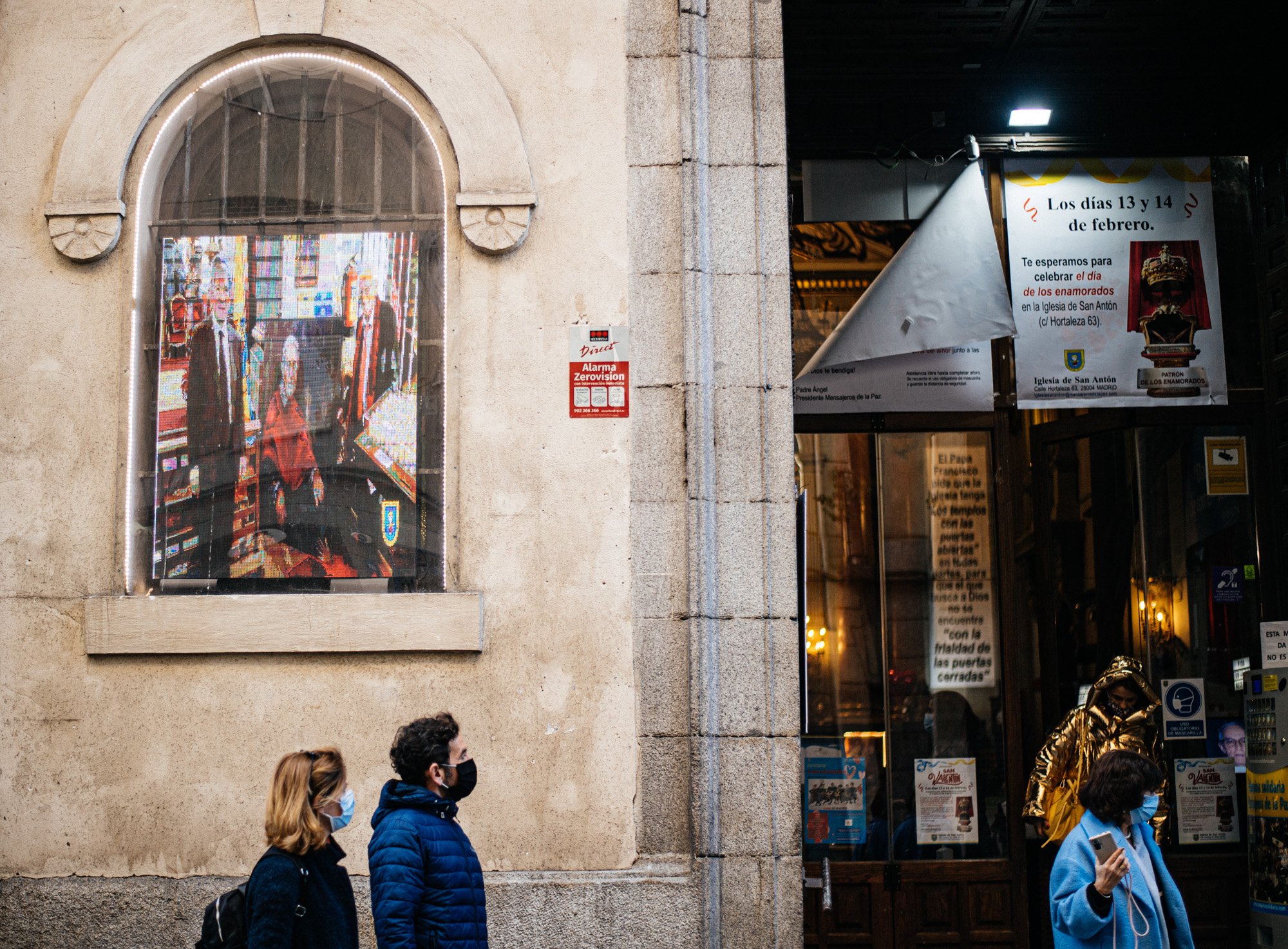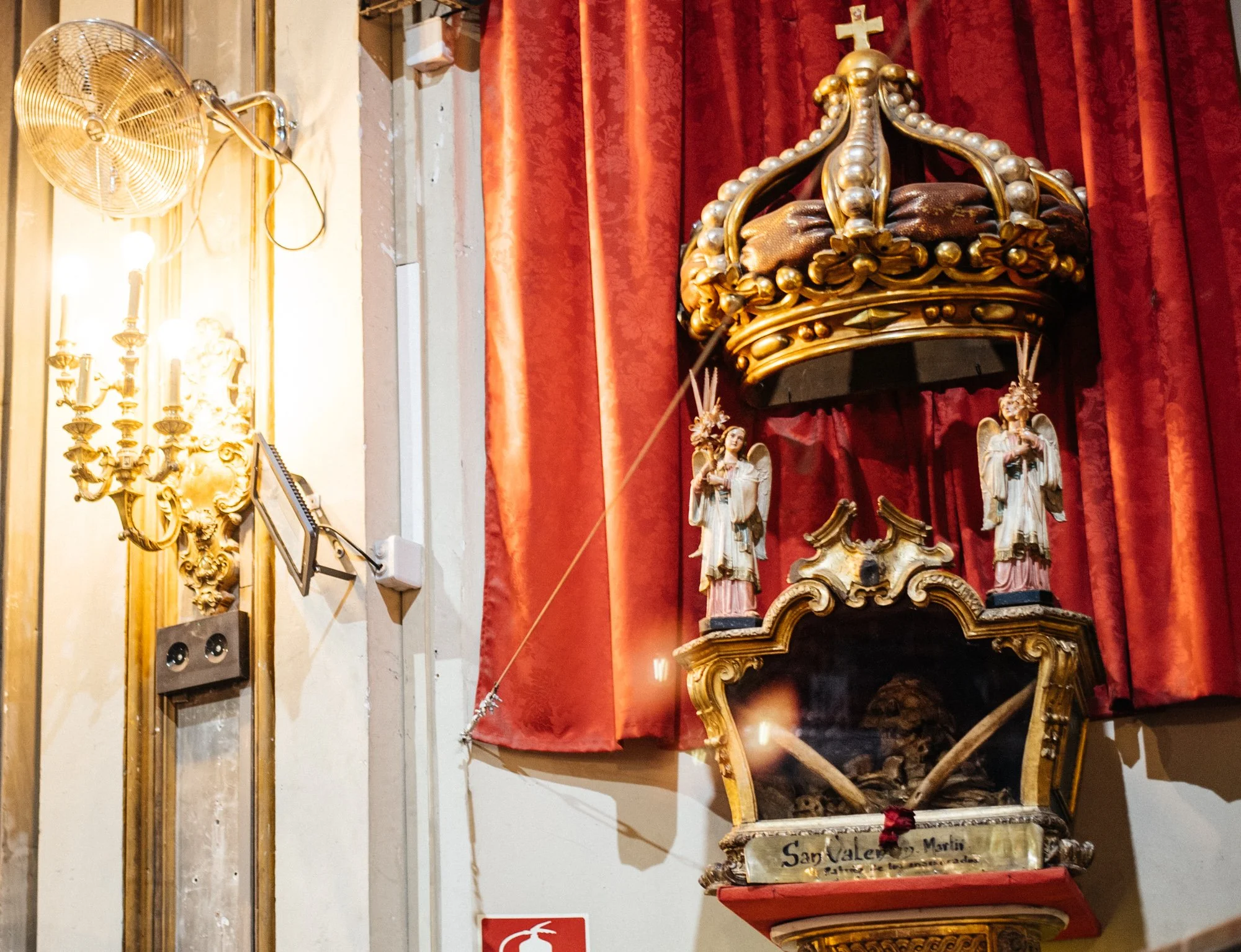Exploring St. Valentine’s Remains in Madrid’s Modernized Church
It is intriguing how many people associate February 14th with romance, despite its historical roots in tragedy. The day commemorates the beheading of Saint Valentine, who was executed and later became a martyr recognized by the Catholic Church. In addition to being the patron saint of lovers, he is also a lesser-known protector of epilepsy and beekeepers. This duality highlights the contrasting aspects of his legacy, intertwining love and loss in a narrative that many overlook amidst the celebrations of affection.
Definitely the most celebrated Catholic saint among the non-religious, St. Valentine has been linked to romance for centuries. I was quite surprised to discover that his remains are displayed just a short distance from where I’ve lived for the past five years, at St. Anton’s Church.
Well, that is at least one his many skulls.
St. Valentine's life is mysterious, with conflicting stories about his identity. At least three different individuals might be St. Valentine. In 1969, the Catholic Church removed him from the official saint celebration list due to a lack of verifiable information about his life. Despite this uncertainty, people still celebrate with dates and flowers on the day he was said to be executed.
On Hortaleza St., the church is located in the neighborhood of Chueca, famous for its LGTB+ activism.
Built in 1792, St. Anton’s church was built as an annex to the lepper’s hospital.
Saint relics are often found in churches across Europe, and sometimes sets of remains are located in more than one place. Obviously, these individuals only had one body. Since the middle ages, relics have been significant symbols that attract visitors to specific parishes, leading to increased income. As a result, some relics were made fraudulently. Few of the bones used as relics have clear proof of origin, leaving uncertainty about whose bodies they truly are.
The Church
I visited what I refer to as the Wi-Fi church. I’ve walked by this 18th-century church many times, and what catches my eye is the many high-tech gadgets inside. St. Anton’s is especially popular on January 17th, its patron day, when people bring their pets to be blessed. It is also a place where the poor and homeless can receive donations and access to TV and the internet.
An LED panel shows photographs of priests and images of christian faith in the window of St. Anton’s church.
At the entrance I was met with a donation vending machine. You can buy prayers.
Once I enter the church, a credit card donation machine. You just type un how much you want to give and tap your card on it.
Each 300-year-old column has a television set, placed over comunal tables where those in need can dine.
Shrines share space with large screens. Hundreds of kilos of donations are placed at tables inside the church.
The Relics
At the end of the 18th century, around the time St. Anton’s church was built, King Charles IV of Spain received St. Valentine’s remains as a gift from the Pope. Imagine forgetting a gift and taking a dead body from the Vatican catacombs instead. That’s a bit like what happened. At least it’s better than socks. St. Valentine’s remains were stored away in the church attic until priest Francisco Martínez Villar discovered them in 1990. They are now displayed in the same glass urn.
Saint Valentine, martir, patron of lovers, is written on the urn. A skull and a pile of bones are clearly visible. Clearly. You can see in the picture. Why am I describing this?
Father Ángel, the very popular current priest of St. Anton’s on his very first St. Valentine day as head of the church created a new tradition: to write a message on a ribbon to someone you love and tie it on the bars under St. Valentine’s bones.
Beside the relics of St. Valentine is a reproduction Goya’s 1819 painting La última Comunión de San José de Calasanz. The original, that used to hang in its place is now in a museum.










